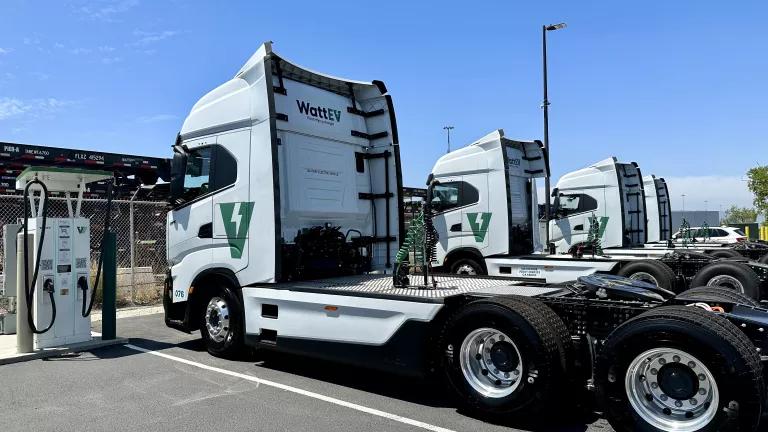The West Coast could soon become a destination for huge volumes of tar sands crude oil -- one of the world's dirtiest fuels -- setting back efforts to combat climate change and exposing communities to significant new health and environmental risks. Call it a tar sands invasion.
The amount of tar sands crude moving through the West Coast could increase by more than 1.7 million barrels per day if existing proposals for pipelines and rail facilities move forward. With the region awash in tar sands, tar sands refining on the West Coast could increase eightfold, from about 100,000 barrels per day (bpd) in 2013 to nearly 800,000 bpd in coming decades.
To date, the industry's pursuit of West Coast market access has drawn little attention, due to the battle over the proposed Keystone XL tar sands pipeline. With tar sands producers needing every export pathway available to realize their ambitions for future growth, a steady stream of projects have been proposed. These projects could lead to increased oil train traffic through residential areas, near homes and schools, and increased barge and tanker traffic in environmentally sensitive and economically important waterways.
The West Coast is seen as key to the expansion of the tar sands industry because of California and Washington's refineries' capacity to process heavy crude oils. Meanwhile, the region's ports could export enormous volumes of unrefined products to foreign countries.
The threat of tar sands on the West Coast is serious, but the public and its elected officials can take action to avert this crisis. Through both opposition to tar sands infrastructure and support for regional clean energy policies, we can prevent the influx of tar sands crude and build the green infrastructure and public support necessary to begin transitioning to a clean energy economy.





